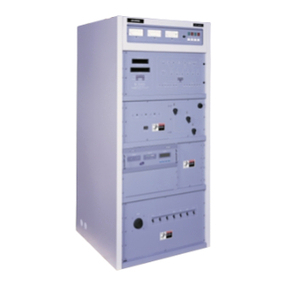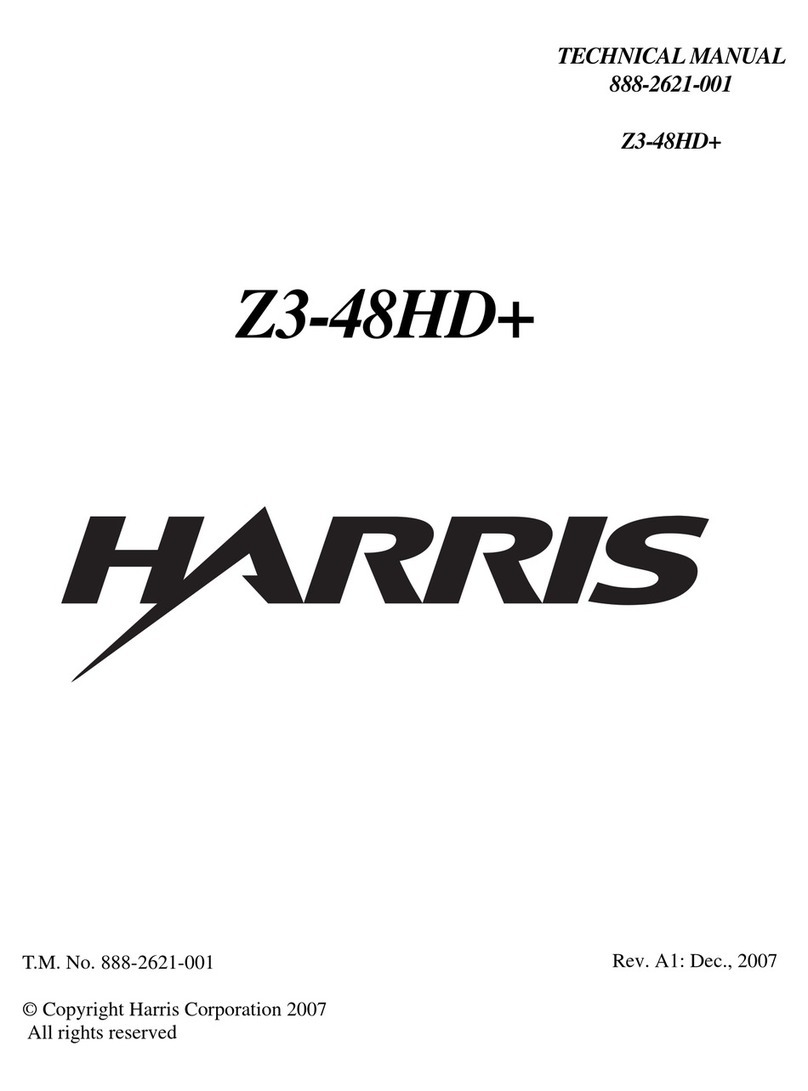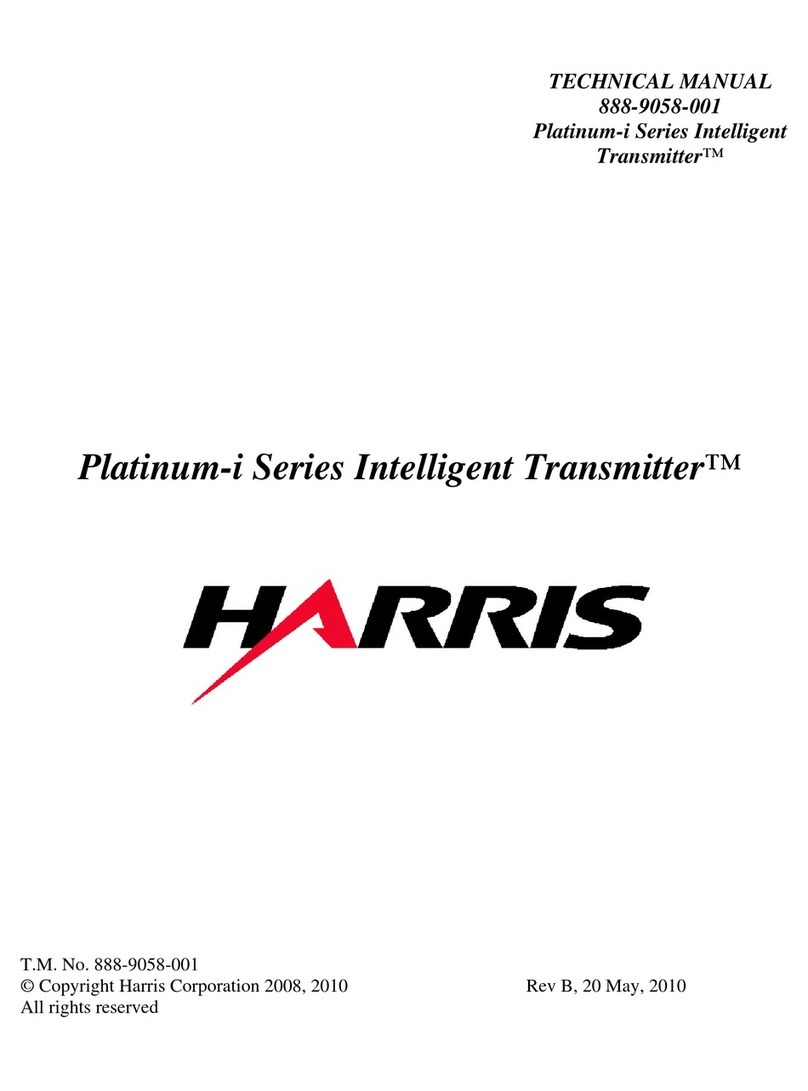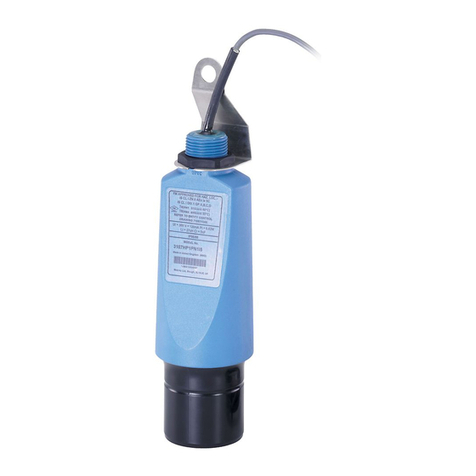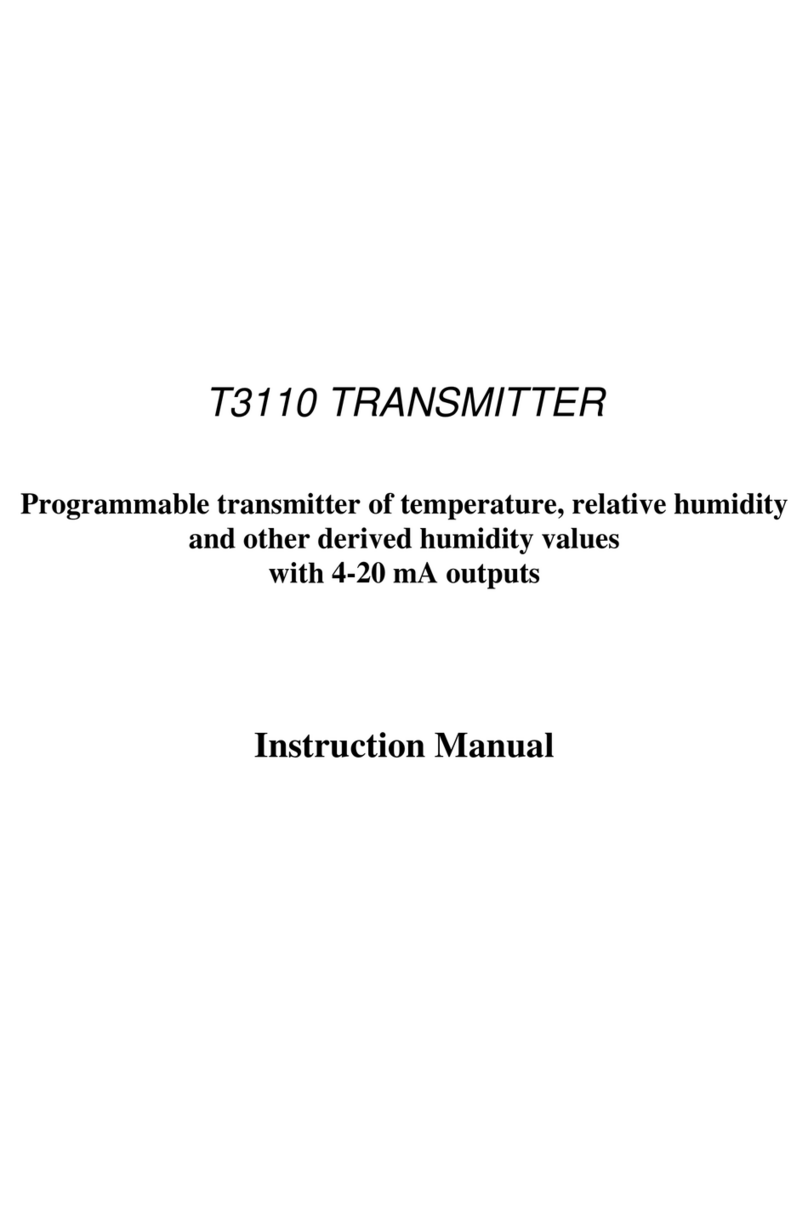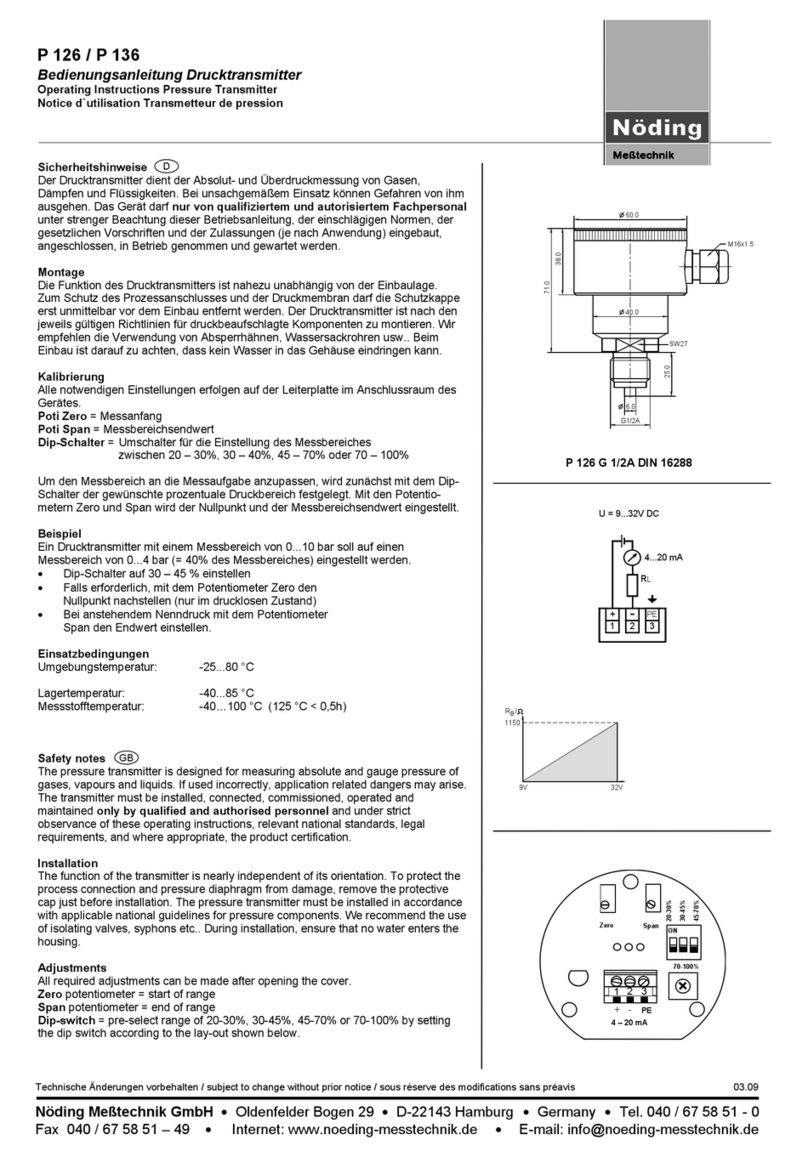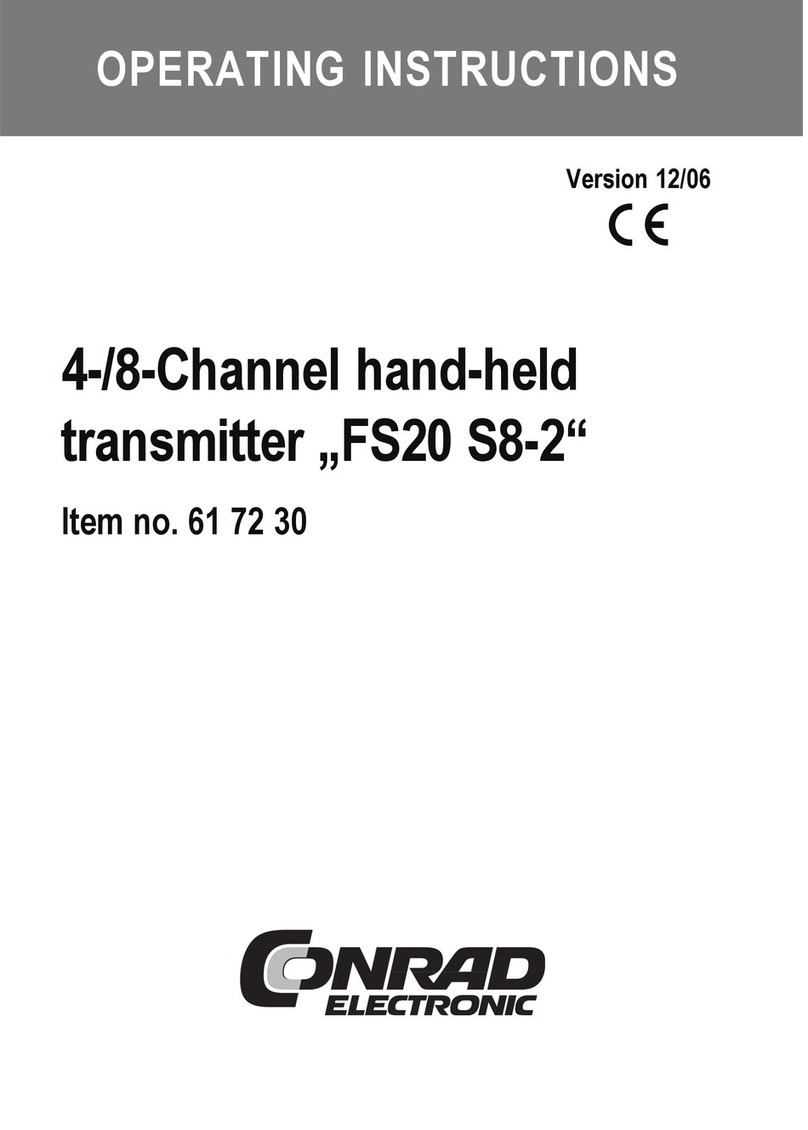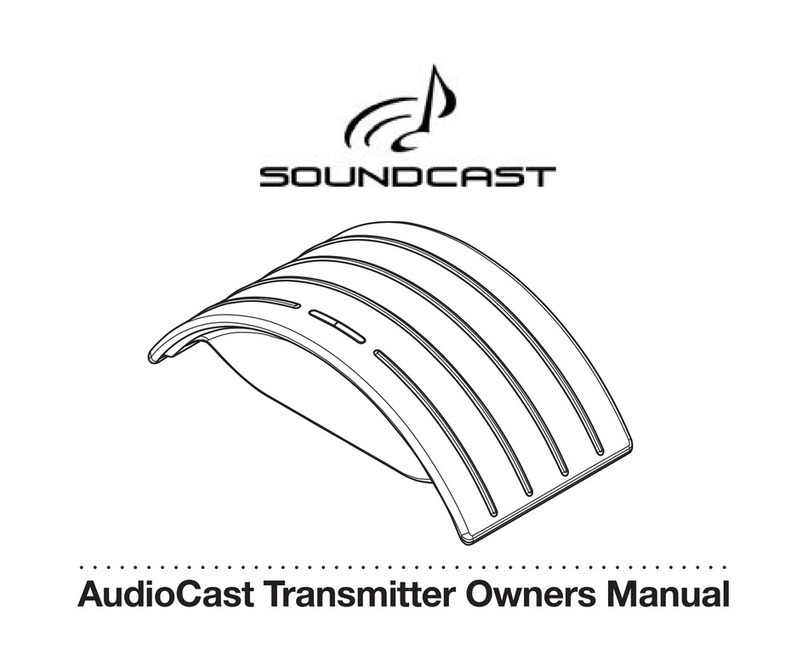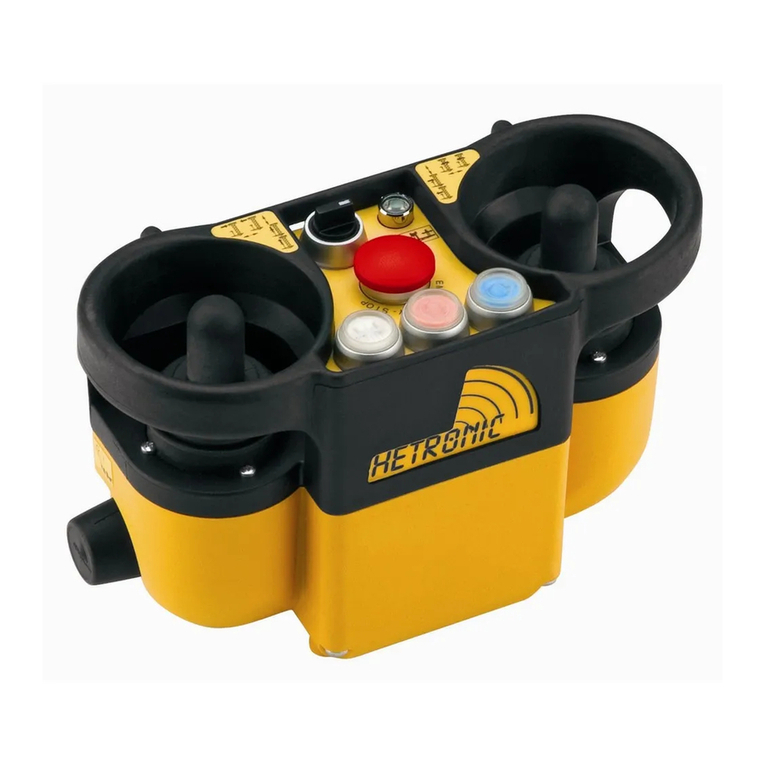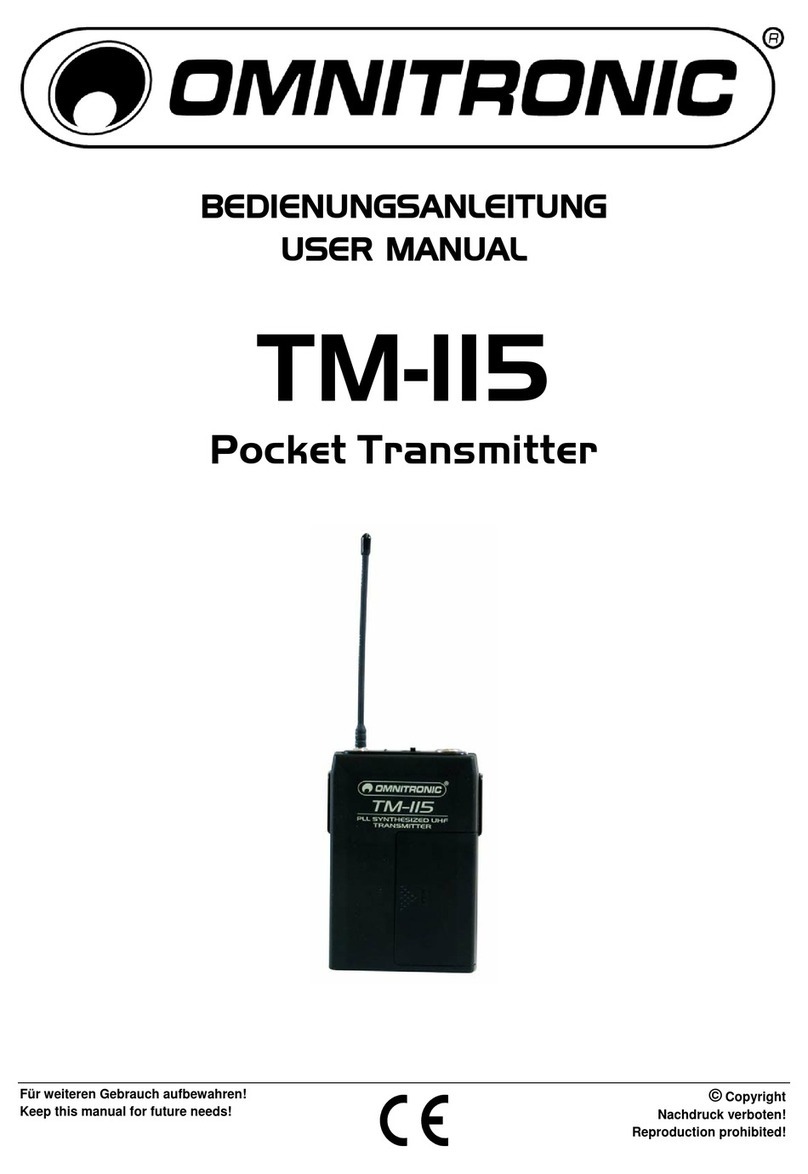Harris MW-5 Reference manual
Other Harris Transmitter manuals

Harris
Harris Ranger Series Quick start guide
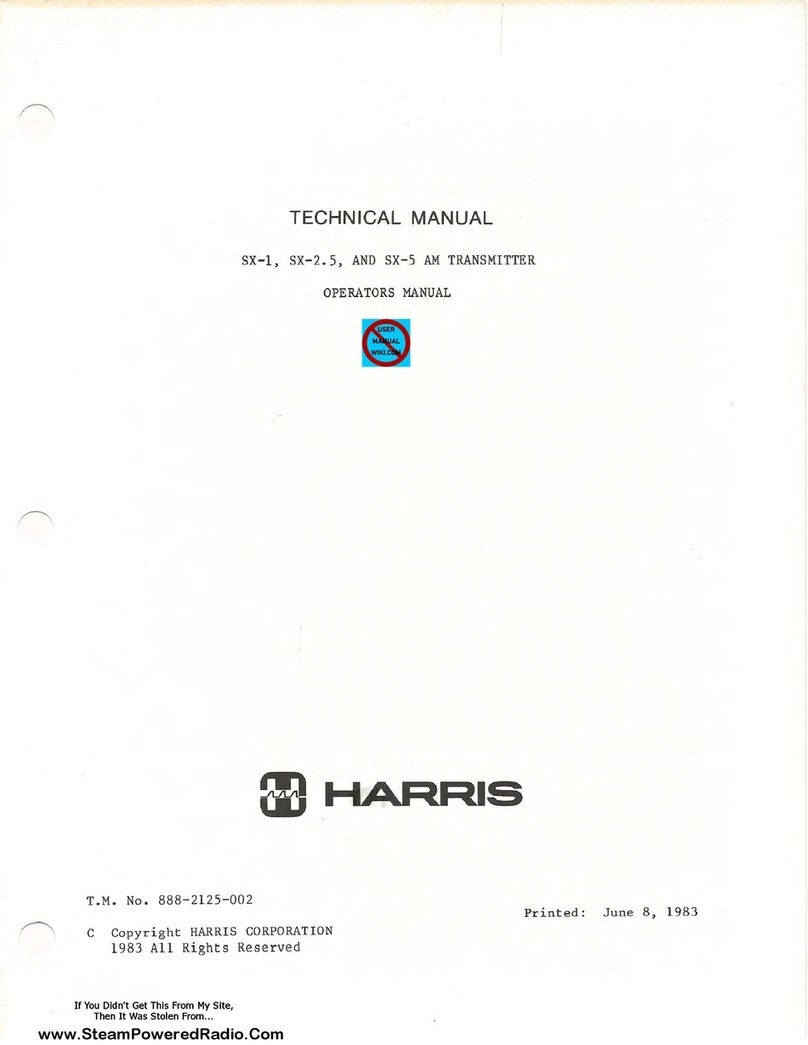
Harris
Harris SX-1 User manual
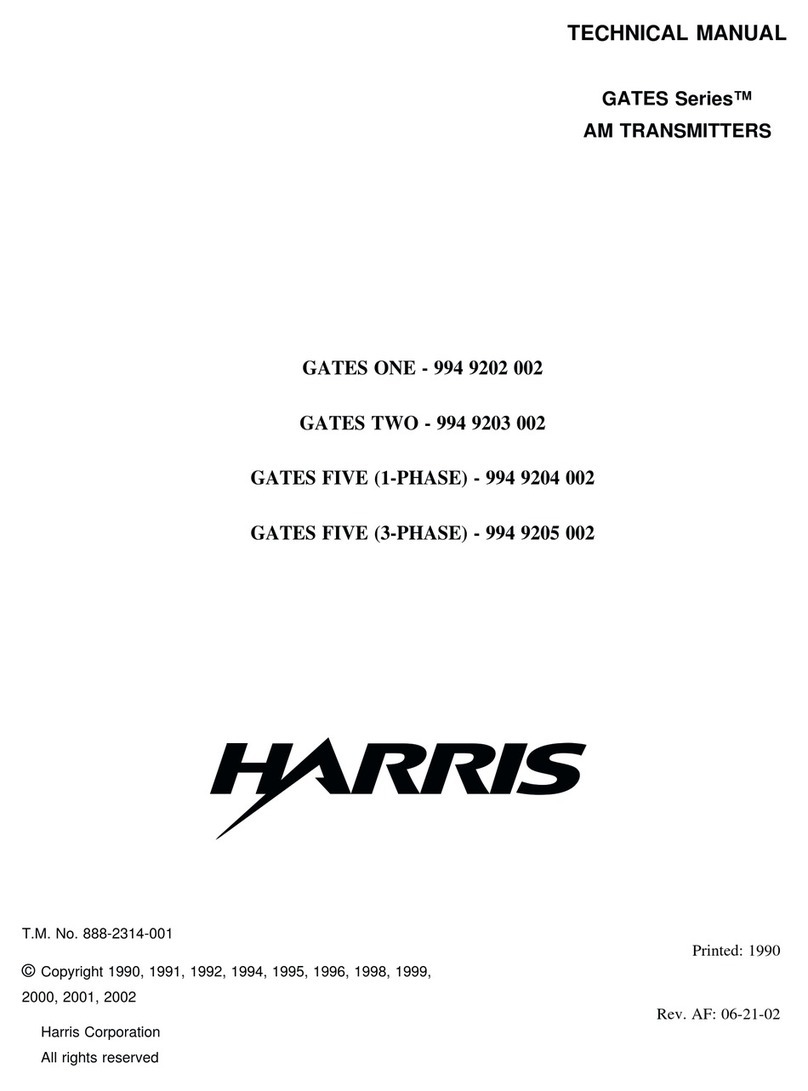
Harris
Harris Gates One 994 9202 002 User manual
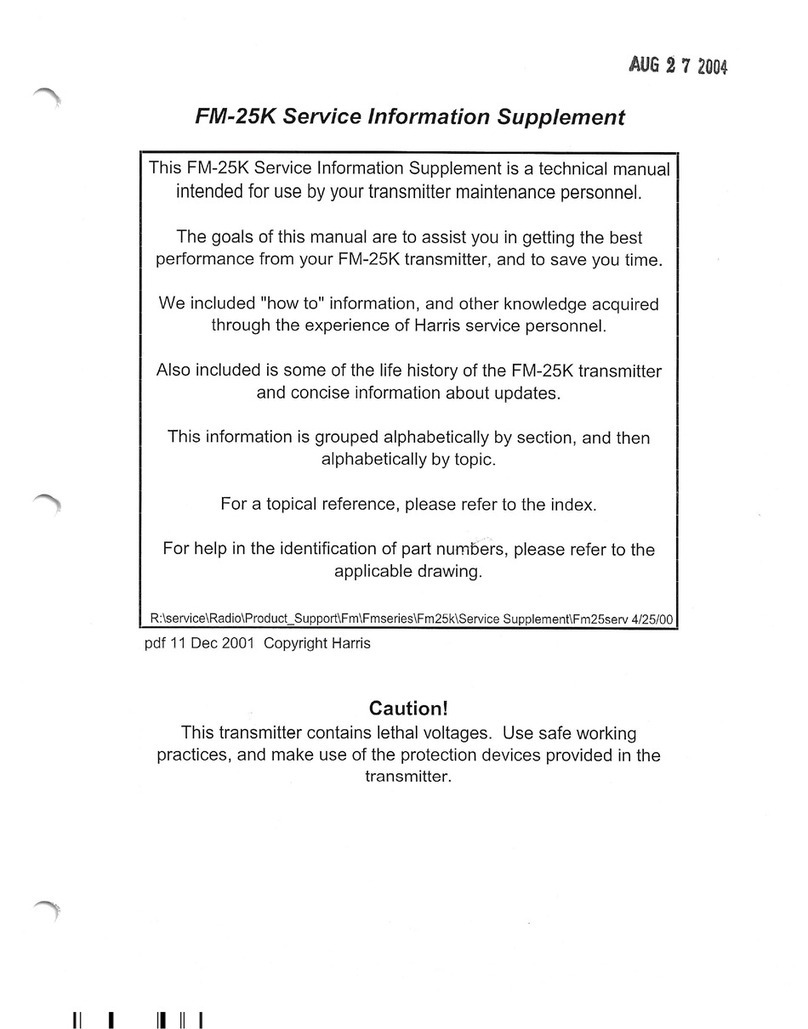
Harris
Harris FM-25K Operating and installation instructions
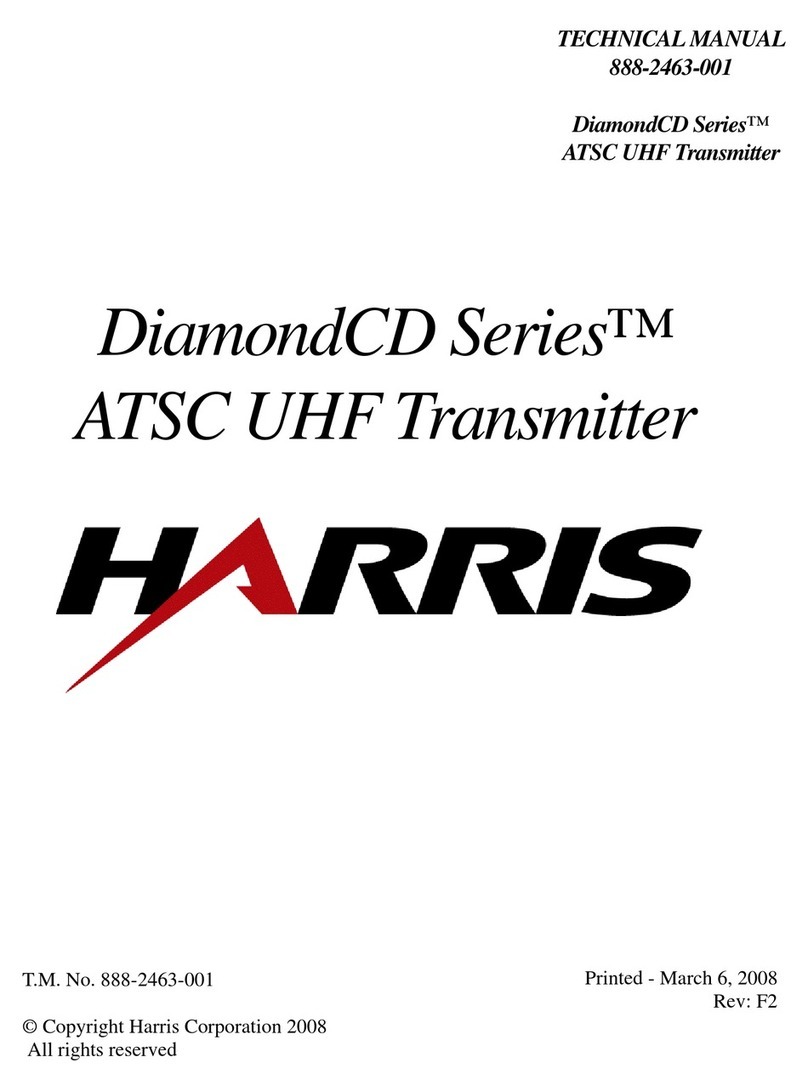
Harris
Harris DiamondCD Series User manual

Harris
Harris MW-SB User manual
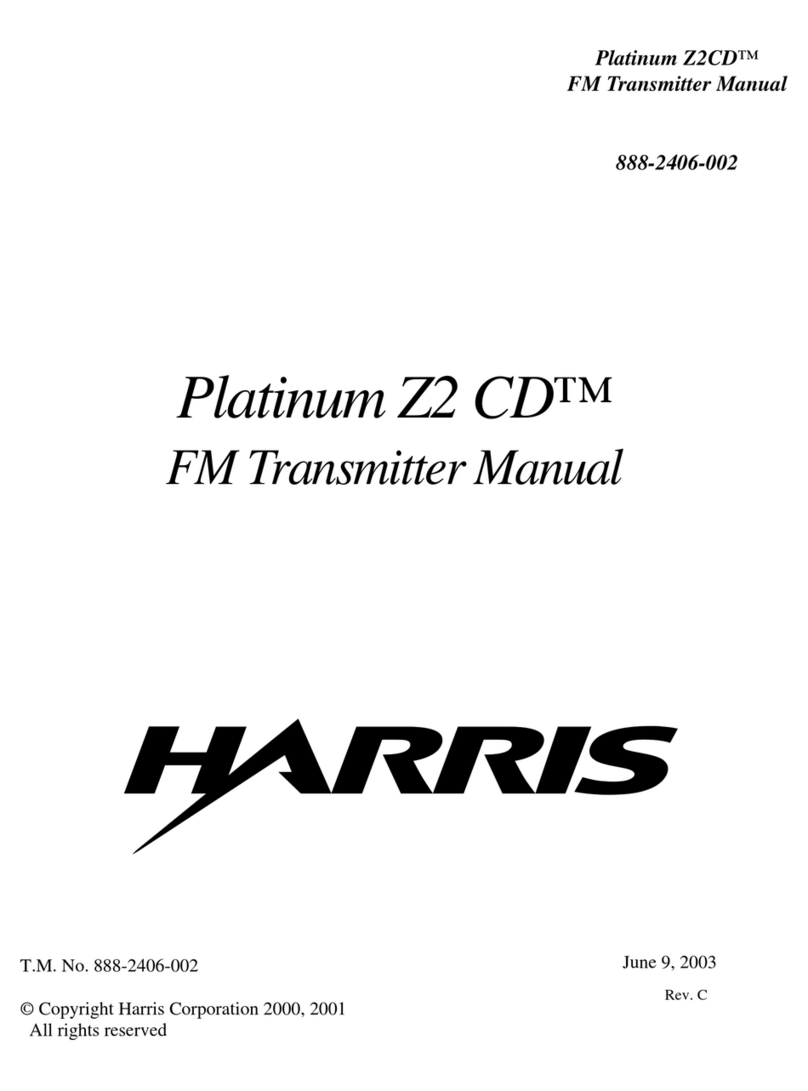
Harris
Harris Platinum Z2 CD User manual

Harris
Harris DX 25U User manual
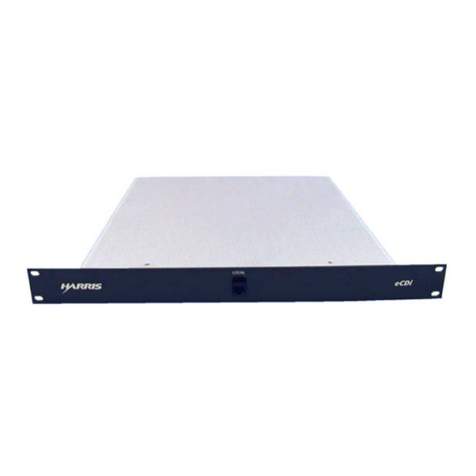
Harris
Harris eCDi User manual

Harris
Harris SX-1 User manual
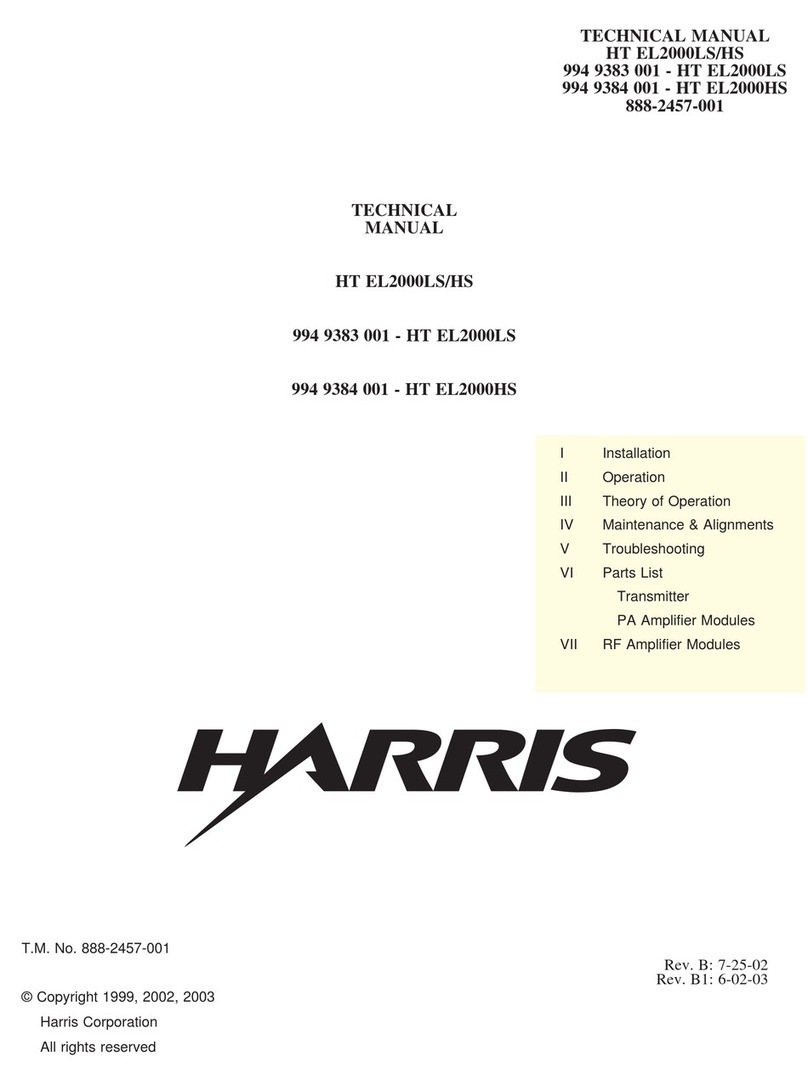
Harris
Harris Platinum HT EL 2000LS User manual

Harris
Harris MW-5 Reference manual

Harris
Harris BC-1G User manual
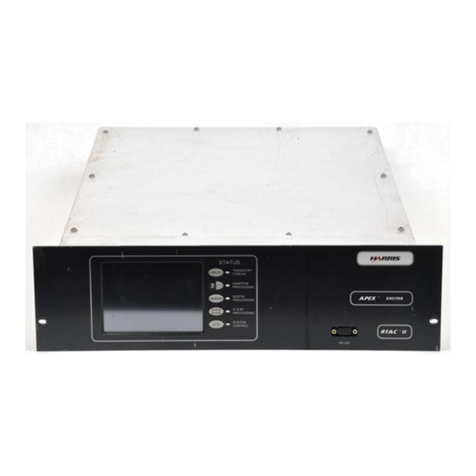
Harris
Harris APEX User manual

Harris
Harris HTlFM User manual

Harris
Harris ZX2500 User manual
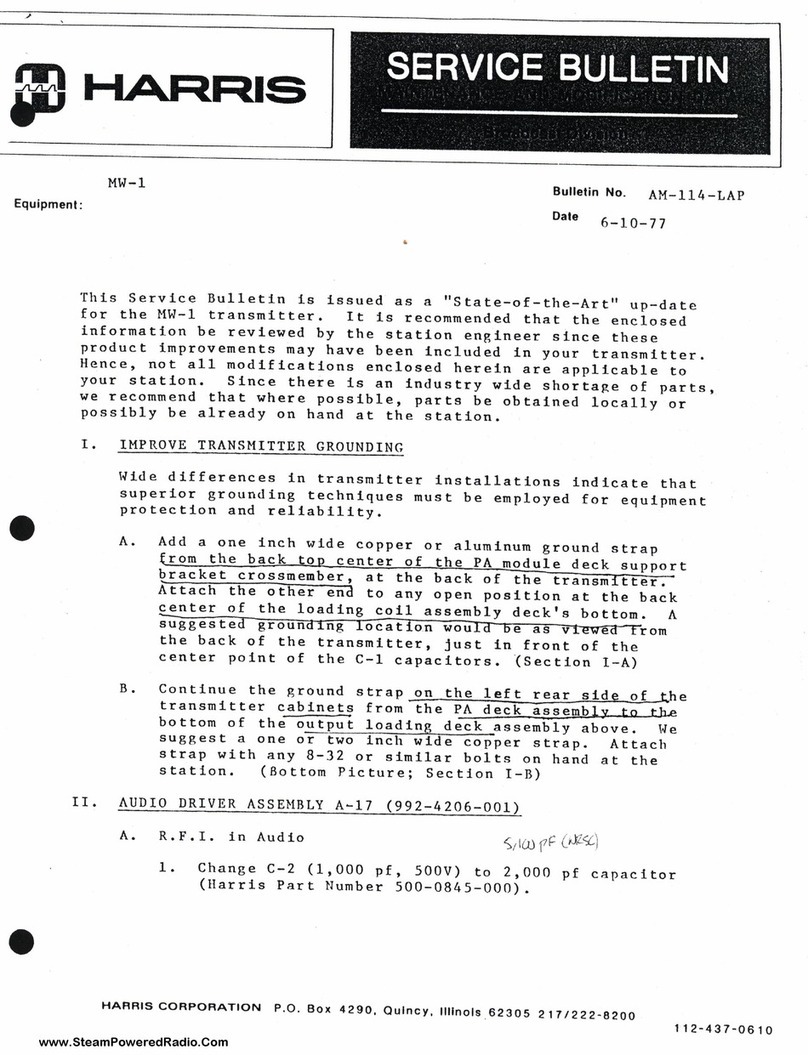
Harris
Harris MW-1 Reference manual

Harris
Harris GATES FM-3H User manual
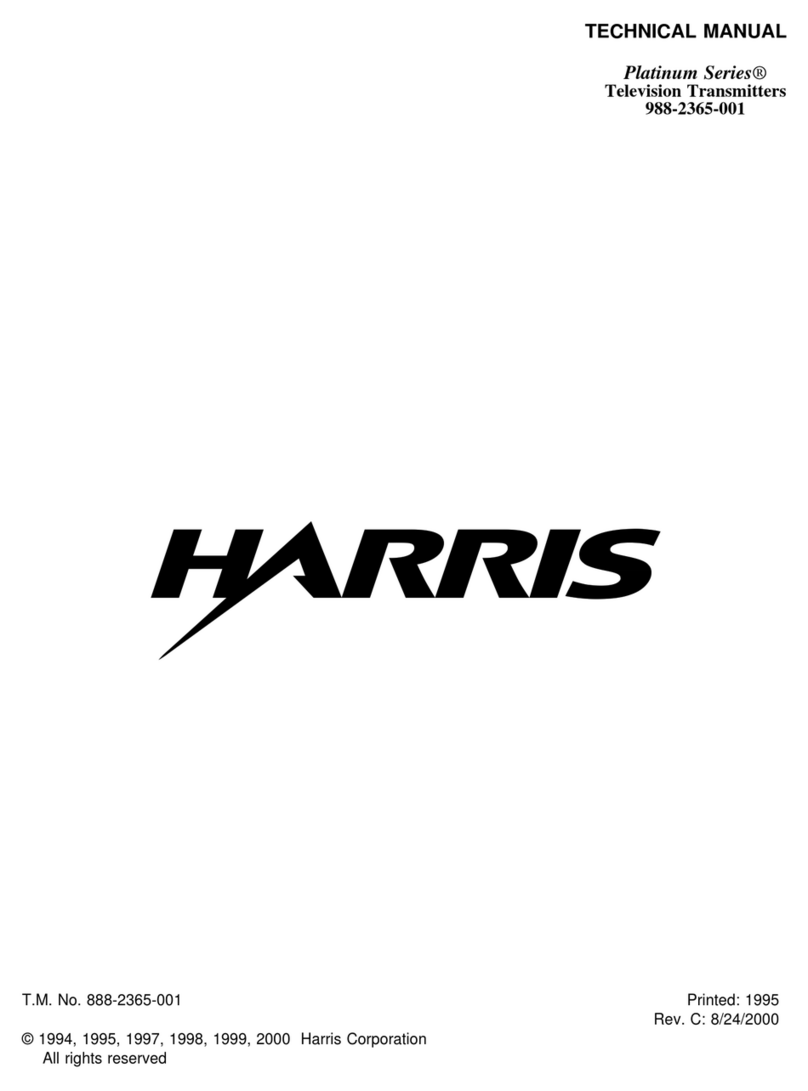
Harris
Harris Platinum Series User manual
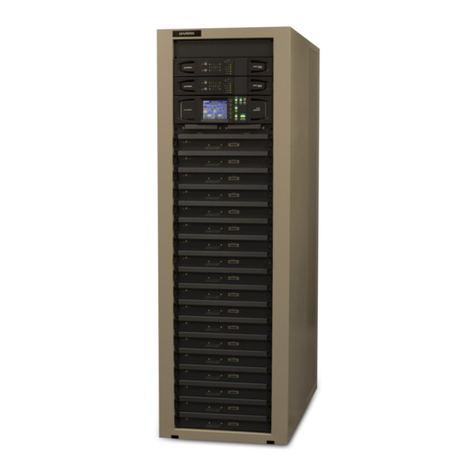
Harris
Harris Maxiva ULX COFDM Series User manual
Popular Transmitter manuals by other brands
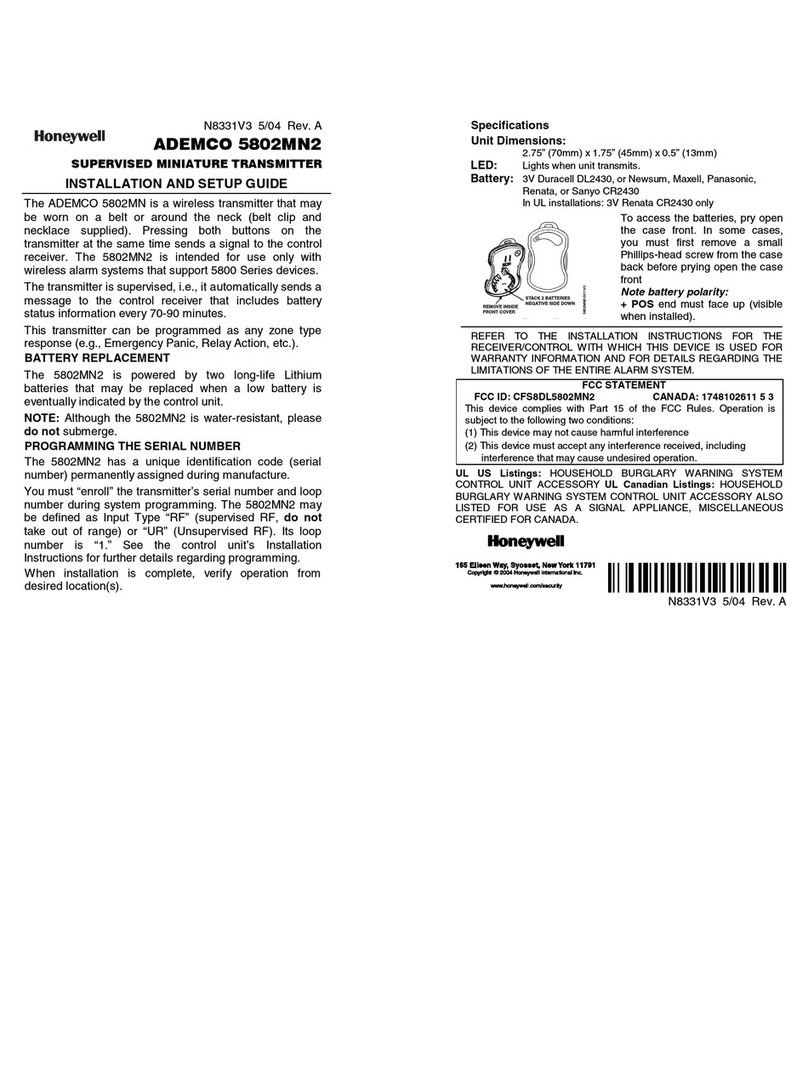
Honeywell
Honeywell 5802mn2 - Ademco Wireless Panic Installation and setup guide
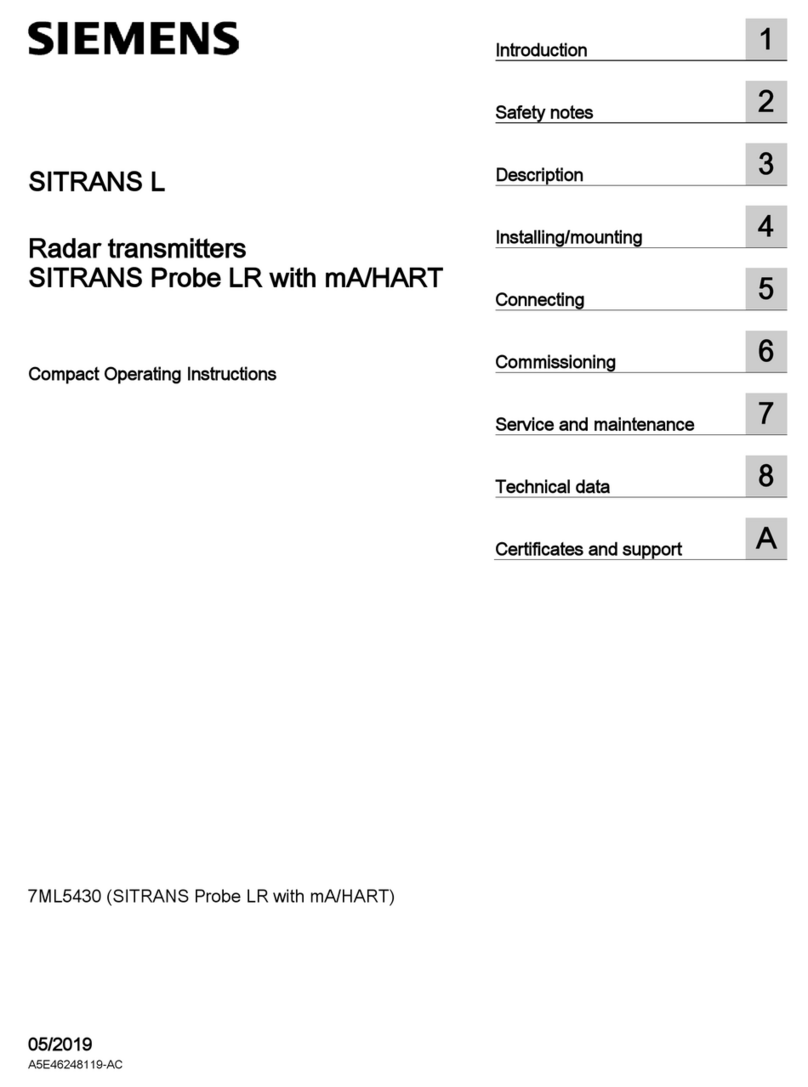
Siemens
Siemens SITRANS L Series Compact operating instructions
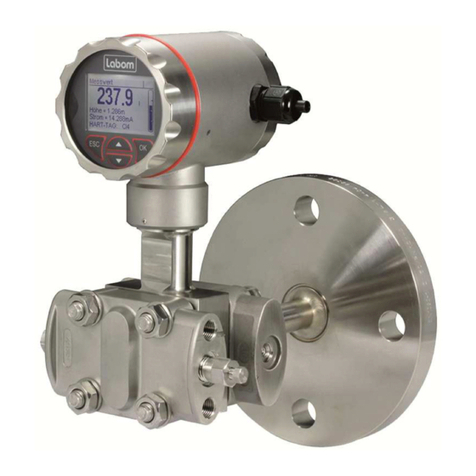
Labom
Labom CI4 Series operating instructions
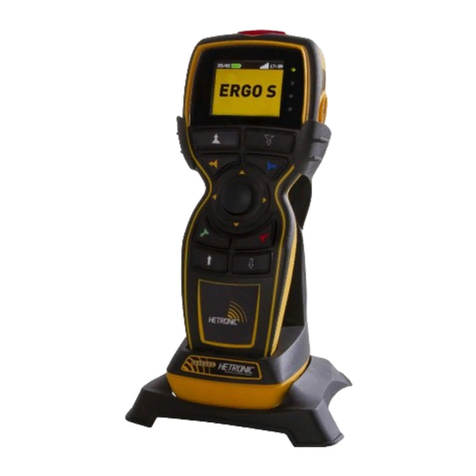
HETRONIC
HETRONIC ERGO-S user manual

Siemens
Siemens sitrans lr 460 Quick start manual
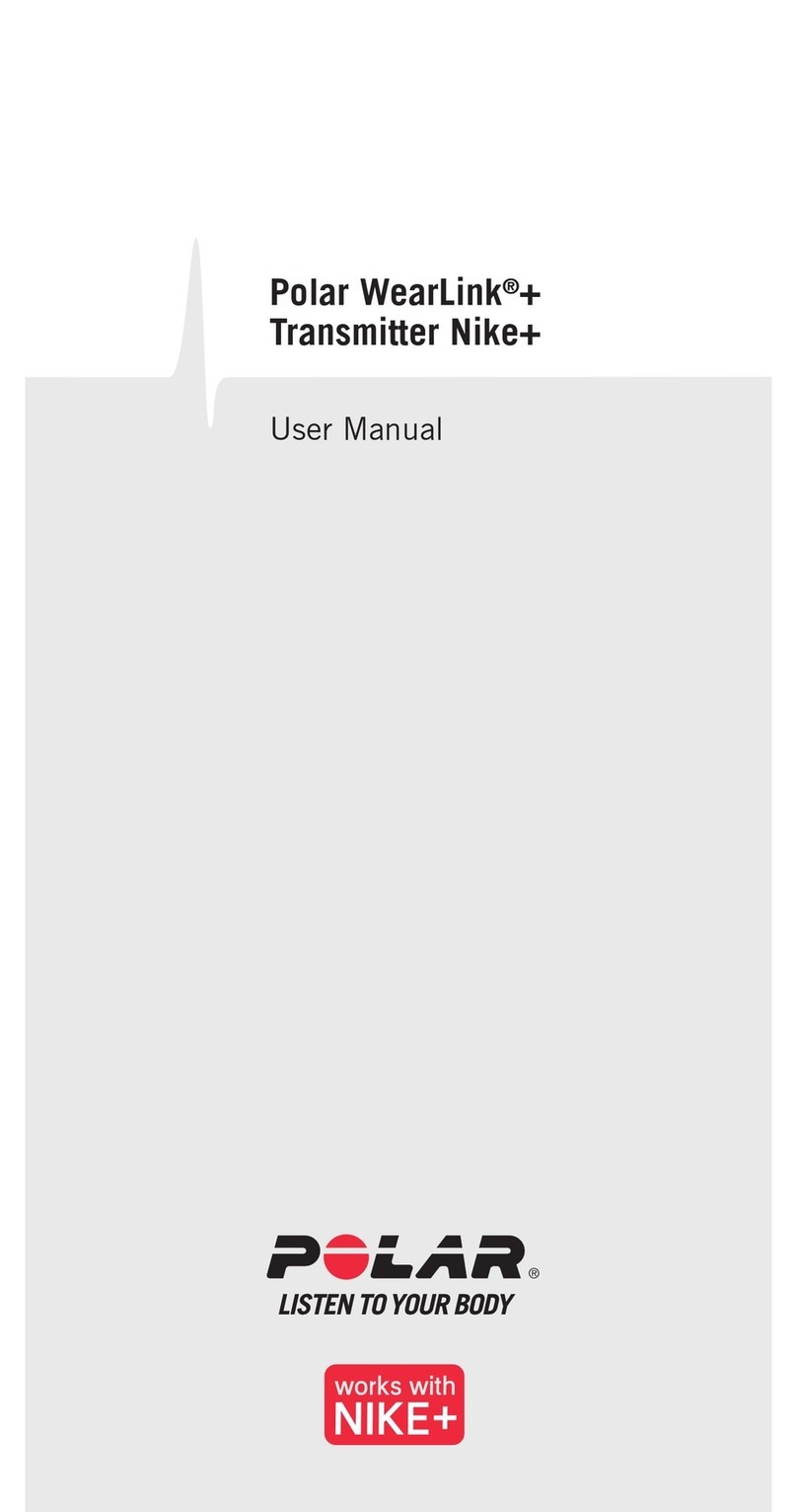
Polar Electro
Polar Electro Transmitter Nike+ user manual





